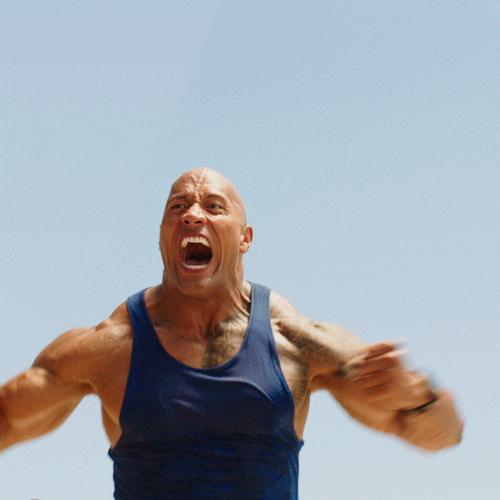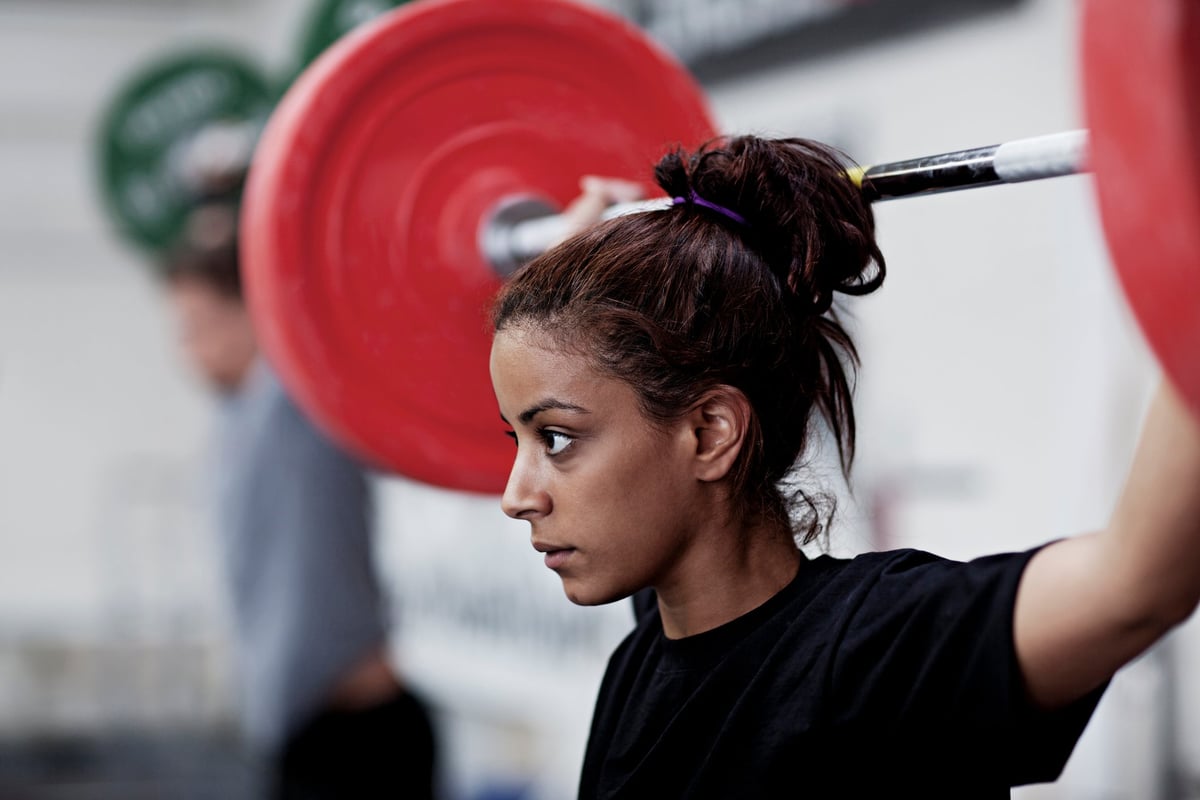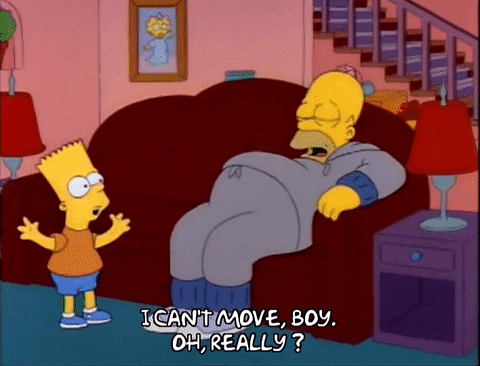
The health and fitness world is full of ~interesting~ advice (oh, hey detox diets! We didn't see you there...). And while some of these so-called 'rules' are pretty strange and funny, others could actually do you more harm than good.
Watch: Need a laugh? Here are the different horoscopes working out. Post continues below.
Because it's 2021 and we're sick of being f**ked around, we're going to zero in on five common fitness myths to help you tweak your fitness routine and reach your goals in a healthy way.
Whether you’re trying to get back into exercising or just move your body more, we asked Tim West, MD and Co-Founder of 12RND Fitness for some of the most common fitness myths we need to stop believing, stat.
Myth #1: Strength training will make you bulk up.
If you're one of the lovely dames out there who avoid lifting weights 'cause you're scared it's going to make you look like The Rock, we have some good news.
Strength training won't make you look bulky.
DO lift the heavy stuff!
 Lifting heavy weights will not give you this kinda muscle mass. Image: Giphy
Lifting heavy weights will not give you this kinda muscle mass. Image: Giphy







